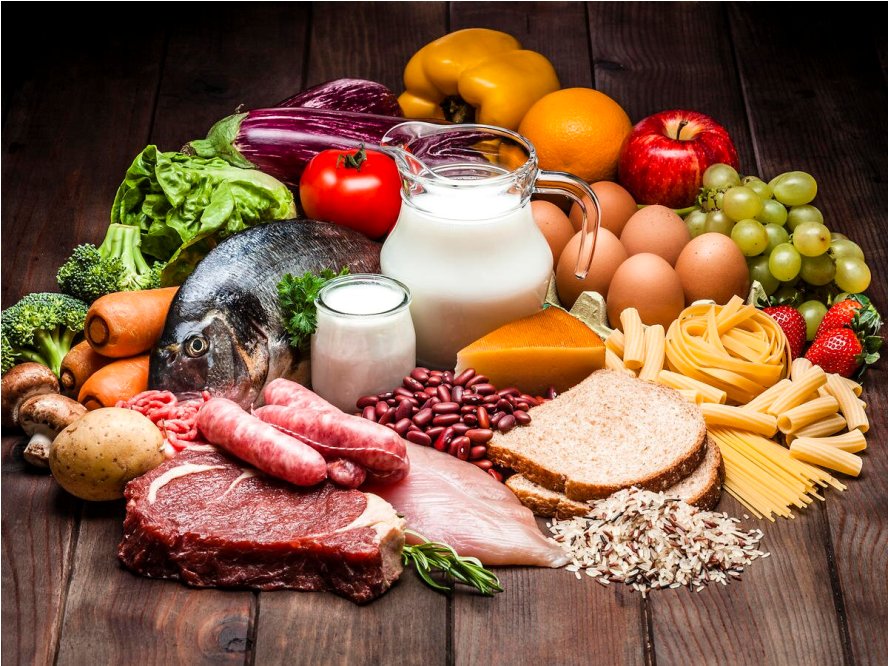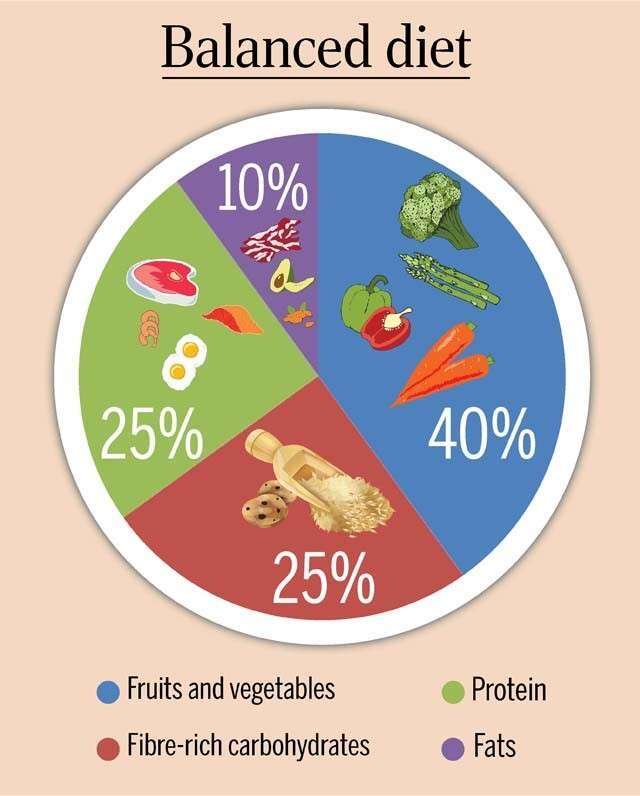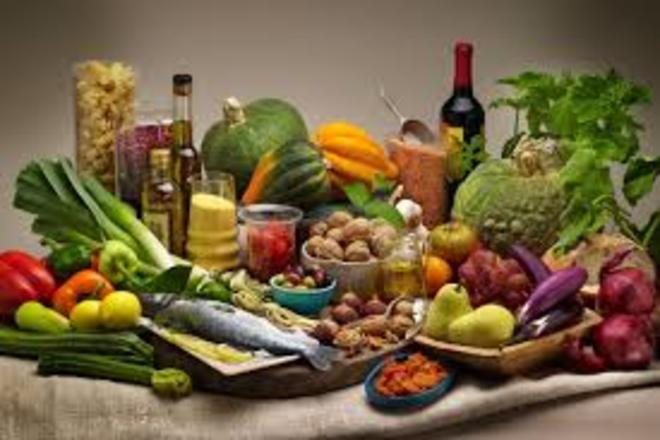Food and Diet
Food is an absolute necessity for human existence. However, many people often consume more than their body requires or crave foods primarily based on taste, disregarding the vital considerations of health. This habit can overload the body’s system with food that may ultimately act as a burden or even a toxin, leading to endless health troubles. The crucial question then becomes, what is the balanced diet for you?

Important Components of Food
For any diet to be truly nourishing, food must correctly contain the essential macronutrients and micronutrients. These life-sustaining substances include proteins, fats, carbohydrates, and minerals, alongside life-giving vitamins such as A, B, C, D, and E.
These ingredients must not merely be present; they must exist in due proportion to be considered “balancing.” A person may consume all these elements but still not be healthy if the ratios are wrong. It is a misconception that all customary or traditional diets are necessarily good. People often adhere to particular forms of diet based on tradition, but changes in environment and circumstances have continually shifted human dietary habits, sometimes for the better and sometimes for the worse.
Evolution of Dietary Habits
Diets are not static, but they evolve, shaped by complex interactions of many influencing factors. These include personal and external elements that dictate what and how much a person eats. Income and prices determine affordability, while individual preferences and beliefs guide choice. Cultural traditions also play a significant role. Furthermore, geographical, environmental, social, and economic factors all interact in a complex manner to shape overall dietary consumption patterns across populations.
Defining the Optimal Diet: WHO Guidelines
The World Health Organization (WHO) provides clear guidance on what constitutes an optimal diet, emphasizing balance and specific nutritional goals. An optimal diet must first establish a balance between energy intake from food and energy expenditure from physical activity. If you consume more energy than you burn, you gain weight.
Specifically, the WHO recommends that energy from fats should be less than 30% of total intake. Importantly, this fat consumption must be shifted away from saturated fats, and the diet should aim for the complete elimination of trans-fats. Furthermore, it is advised to limit the intake of sugar and salt while simultaneously increasing consumption of fruits, legumes, whole grains, and nuts.

Pitfalls of Unhealthy Eating
In contrast, diets that are high in specific harmful components directly contribute to various diseases and other health problems. These components include high levels of sugars, saturated and trans-fats, low-fiber foods, and high-sugar drinks.
A concerning reality in both developed and developing countries is that healthy foods like fruit and vegetables are frequently unavailable or unaffordable in poor communities. Increased urbanization also contributes to poor diets. As people move away from producing and cooking their own food, they turn to prepared foods, which are often dangerously high in sugar, salt, and fat.
Unhealthy foods, commonly known as junk foods, are often heavily marketed, especially towards children. The consequences are serious: high dietary salt consumption is a major determinant of high blood pressure levels and, consequently, a significant overall cardiovascular risk. Globally, it is often the poor communities that are disproportionately affected by the consequences of unhealthy diets. In many regions, fat and sugar have become the cheapest and easiest sources of calories, making them more accessible than fruit and vegetables, and sometimes even cheaper than traditional staples like grains, beans, or lentils.

Personalizing the Balanced Diet
An ideal diet is ultimately determined by the estimated daily calorie requirement for an individual. This is not a universal number but a highly personalized one, tailored to a person’s physical and lifestyle attributes. Important factors that must be considered for this calculation include gender, weight, height, level of activity, and age. If an individual desires a weight change, it is prudent to use the desired weight instead of the actual current weight for the calculation.

Fundamentally, eating a balanced diet means carefully choosing foods in the right amounts from each of the food groups. When the consumption of an ideal diet is combined with exercising every day, it provides the optimal means to help your body stay healthy, avoiding the unnecessary troubles caused by poor nutritional choices. It is the personalized and proportionate intake of the right foods that forms the ideal diet.










